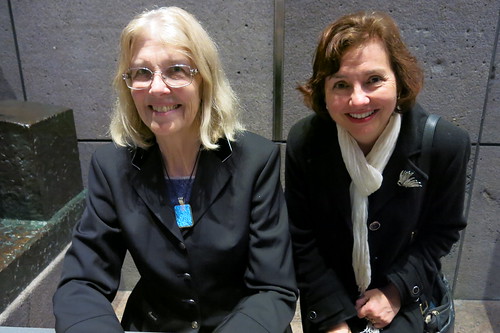 Yes, it’s true. Hercule Poirot has received the kiss of life and is exercising his “little grey cells” in the well-heeled living rooms of British author Sophie Hannah’s latest murder mystery, Closed Casket.
Yes, it’s true. Hercule Poirot has received the kiss of life and is exercising his “little grey cells” in the well-heeled living rooms of British author Sophie Hannah’s latest murder mystery, Closed Casket.
I cut my reading teeth on Agatha Christie’s novels and devoured every word she wrote with a voracious appetite for the refined macabre. To this day there is nothing I like more than curling up with a cup of English Breakfast and watching Miss Marple on TV. I like Christie’s fiction because you can guarantee that despite the heinous nature of their crimes and the unashamed elitism of their lifestyles, the baddies will get their comeuppance and the haughty will be brought down a peg or two. All this, while looking fabulous in tweed and Brussels lace. When Closed Casket arrived, I leapt at the chance to reconnect with my old friend, Hercule.
In many ways I wasn’t disappointed. Sophie Hannah can plot along with the best of them. The British author and former fellow of Wolfson College, Oxford, based Closed Casket on “a brilliant, simple-yet-unguessable four-word idea” which came to her as if by magic and felt “very Agatha-ish”. The novel is full of dark pasts, red herrings and so many twists and turns I was kept guessing right to the end. It’s a light, engaging read that motors along. Agatha Christie has been called the “Queen of the Who-Done-Its” and Hannah certainly lives up to her standards.
However, something about the characterisation missed the mark for me. An author distils the essence of their times into their dramatis personae. Like the Sirop de Cassis he sips, the original Hercule Poirot is a rich blend many would consider “noxious”. In 1916, when The Mysterious Affair at Styles was published, the English class system was alive and kicking and Europe was at war. People were bound by convention and were geographically and culturally insular. These were times of lamplight, inequality and suspicion. To Hastings and the characters who interacted with him, Hercule was foreign and disturbing. How times have changed.
Reading Closed Casket is less like stepping into the impoverished grandeur of war-torn England than leaping onto the LED lit set of Big Brother. The characters are all fabulous and uber-confident so there is a mismatch between their motivations and their actions. Sadly, in this decade of globalisation and mass media, a Belgian detective just doesn’t seem that interesting and the reader is left with the uncomfortable dichotomy of Hercule Poirot meets the Kardashians.
Don’t get me wrong, Closed Casket is a good, fun read but I’d be tempted to learn from other contemporary authors who have recently resurrected famous detectives and not continue with a series. Authors John Banville, Sebastian Faulks, Jeffery Deaver, William Boyd and Anthony Horowitz have brought us singular, at most dual, incarnations of Philip Marlowe, James Bond and Sherlock Holmes recently.
The release of Closed Casket marked the 100th anniversary of the creation of Hercule Poirot and was commissioned by the literary estate of Agatha Christie after the success of Hannah’s earlier work, The Monogram Murders. Sophie Hannah does nothing but honour the Grand Dame of Crime in her Poirot works but she’s a fine author in her own right. I believe she’s at her best in her Culver Valley Crime series which includes excellent titles such as Kind of Cruel and A Room Swept White. I’d love it if Sophie Hannah reconnected with DC Simon Waterhouse and let sleeping detectives lie.
Closed Casket: The brand new Hercule Poirot mystery
by Sophie Hannah
Published by HarperCollins New Zealand
ISBN: 9780008134105






















